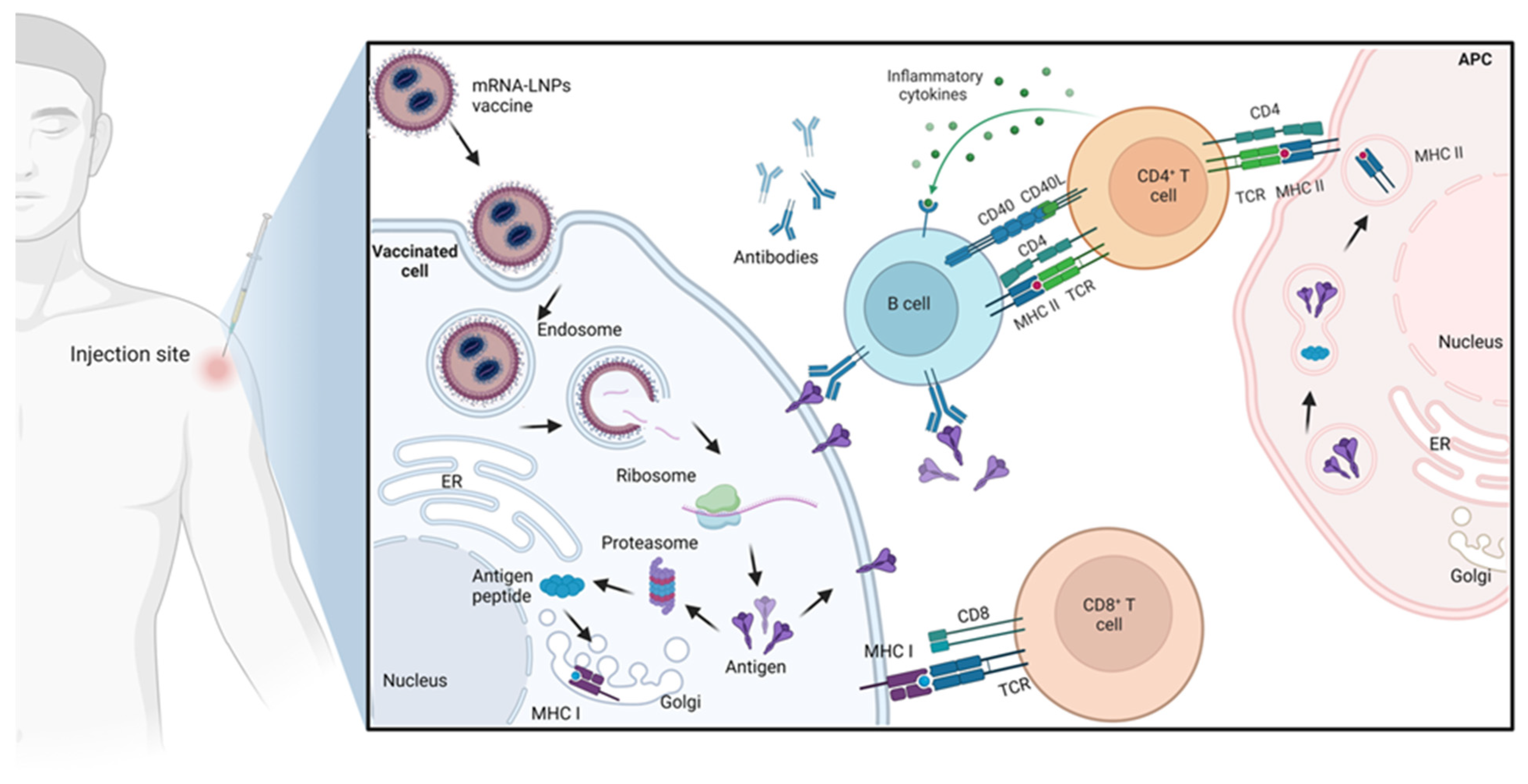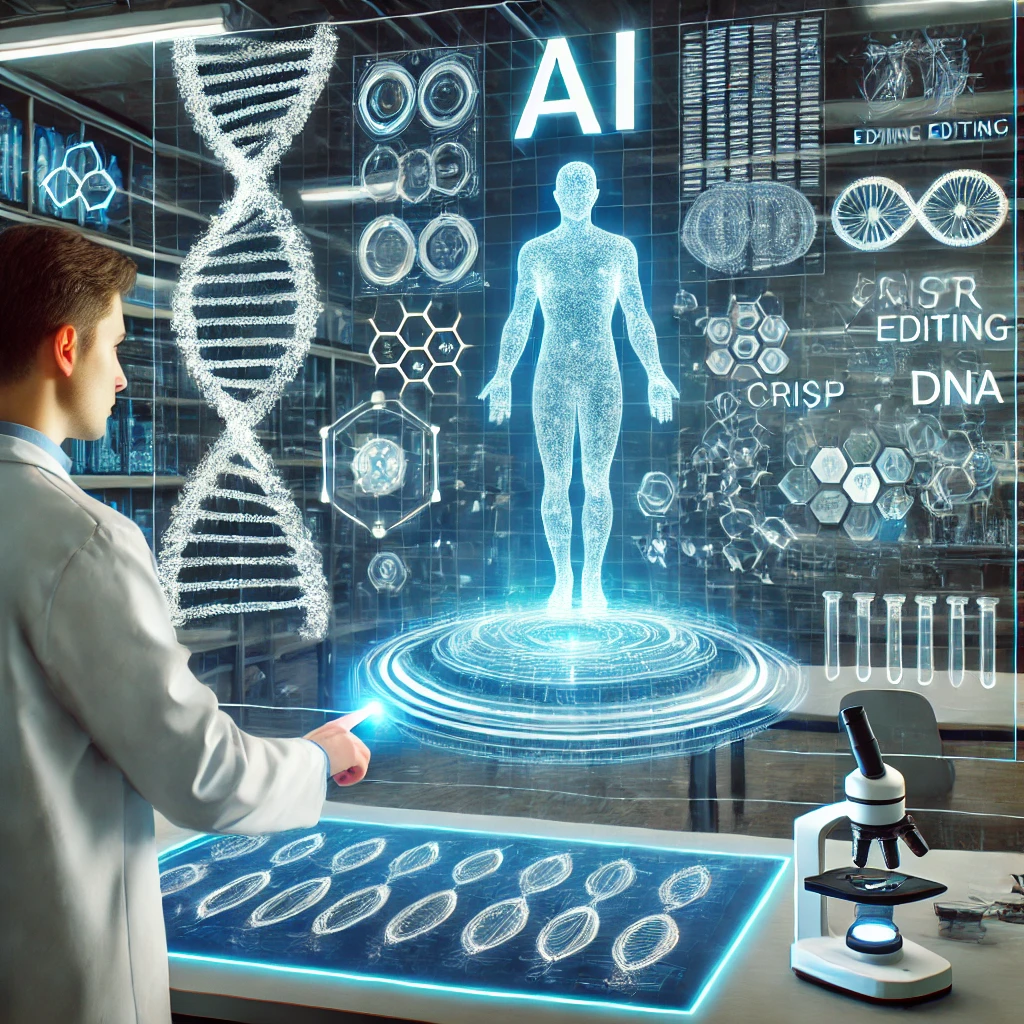Table of Contents
1. Introduction: The Convergence of AI and Synthetic Biology
2. How AI is Used to Design Viruses
3. Applications in Medicine and Vaccine Development
4. Risks, Bioethics, and Security Concerns
5. The Future of AI-Driven Genetic Engineering
1. Introduction: The Convergence of AI and Synthetic Biology
The intersection of artificial intelligence (AI) and synthetic biology is transforming how scientists understand, manipulate, and design biological systems. One of the most profound developments emerging from this convergence is the ability to design viruses using AI. These are not naturally occurring pathogens, but computationally engineered organisms crafted to perform specific tasks—ranging from medical therapies to gene delivery mechanisms. By leveraging machine learning algorithms, researchers can predict viral structures, optimize genetic sequences, and simulate their interactions with host organisms before even stepping into a laboratory.
AI’s involvement in virology is not entirely new; its analytical capabilities have already been applied in genomic sequencing and outbreak modeling. However, what’s groundbreaking today is the proactive design of viruses for both therapeutic and scientific purposes. AI enables unprecedented speed and accuracy, shrinking timelines for development that once took years down to months or even weeks. This evolution is not merely technical; it’s deeply transformative, potentially reshaping entire industries while simultaneously raising urgent ethical and security questions.

2. How AI is Used to Design Viruses
AI-powered platforms use large datasets of viral genomes, protein structures, and host interactions to design viruses at a molecular level. Through techniques like deep learning and generative algorithms, machines can “learn” the biological rules that govern viral behavior. This includes predicting how a virus might bind to certain receptors, evade immune responses, or replicate within specific cell types.
For instance, Generative Adversarial Networks (GANs) and transformer-based models have been repurposed to generate novel viral capsids or optimize the codon usage in a genome for increased efficiency. These models can simulate how specific mutations will affect a virus’s function, allowing researchers to test thousands of variations in silico before synthesizing a single strand of DNA. This computational pre-screening drastically reduces costs and resource consumption in experimental labs.
Another application is in reverse vaccinology, where AI models scan viral proteins to identify the most immunogenic epitopes—those most likely to elicit a strong immune response—thereby informing vaccine design. AI can also model how a virus will evolve in response to selective pressures, enabling the preemptive design of viral strains for use in controlled settings, such as in gene therapy or oncolytic virotherapy.

3. Applications in Medicine and Vaccine Development
Perhaps the most promising application of AI-designed viruses is in medicine. Engineered viruses are already being explored as tools for delivering genetic therapies directly to targeted cells. For example, adenoviruses and lentiviruses—two common viral vectors—are being optimized using AI to reduce their immunogenicity and increase targeting specificity. This enhances the safety and effectiveness of treatments for diseases like cystic fibrosis, muscular dystrophy, and various cancers.
During the COVID-19 pandemic, AI played a crucial role in identifying viable vaccine targets and simulating protein structures of the virus. This laid the foundation for the rapid development of mRNA vaccines, which were designed, tested, and distributed in record time. Building on that success, researchers are now using AI to develop “pan-viral” vaccines—broad-spectrum immunizations capable of protecting against entire families of viruses.
Moreover, AI-designed viruses are finding applications in oncolytic virotherapy, where viruses are engineered to selectively infect and kill cancer cells while sparing healthy tissue. This innovative treatment is still in its early stages but holds immense potential as a next-generation cancer therapy. The ability to tailor viruses to the genetic profile of an individual’s tumor marks a significant shift toward personalized medicine.

4. Risks, Bioethics, and Security Concerns
While the capabilities of AI in virus design are astounding, they also come with serious risks. One of the most pressing concerns is dual-use research—scientific work that can be repurposed for both beneficial and malicious applications. The same AI models that can design therapeutic viruses can also potentially be used to create pathogens with increased transmissibility or resistance to current treatments. This raises red flags in the context of bioterrorism and lab safety.
Bioethics plays a central role in this discussion. Who decides what viruses should be created? What if a therapeutic virus mutates in the wild or is accidentally released? How do we ensure informed consent when testing AI-designed viruses in clinical trials? These questions are still largely unresolved, and existing regulatory frameworks struggle to keep up with the pace of technological advancement.
Furthermore, there is concern about democratization of technology. As AI tools become more accessible, so too does the ability to design genetic material, increasing the risk of misuse by untrained individuals or non-state actors. Calls are growing louder for international guidelines and oversight mechanisms to prevent accidental or intentional misuse of synthetic biology powered by AI.

5. The Future of AI-Driven Genetic Engineering
Looking ahead, the fusion of AI and genetics will likely redefine the limits of biotechnology. From programmable viruses that repair damaged tissue to self-limiting viral agents used in ecological engineering, the range of applications is expanding rapidly. Advances in quantum computing, edge AI, and real-time genomic editing tools like CRISPR-Cas systems will further enhance the precision and speed of AI-designed biological interventions.
As research matures, we may witness the creation of fully synthetic organisms designed from the ground up using AI, optimized for tasks such as environmental cleanup, agricultural resilience, or targeted disease eradication. These developments will require not only technical proficiency but also interdisciplinary cooperation among bioengineers, ethicists, lawmakers, and public health experts.
Public perception and trust will also influence how AI-designed viruses are adopted. Transparent communication about risks, benefits, and regulatory safeguards will be essential in fostering acceptance. If handled responsibly, this technology could help solve some of the world’s most persistent health and environmental challenges.




You must be logged in to post a comment.